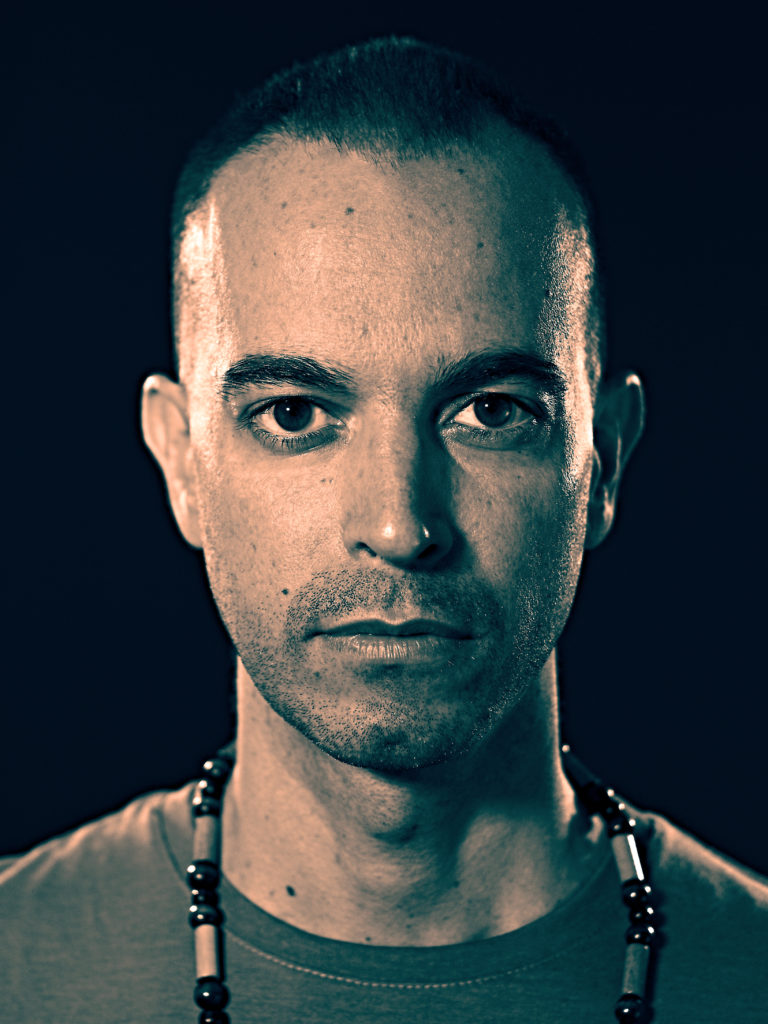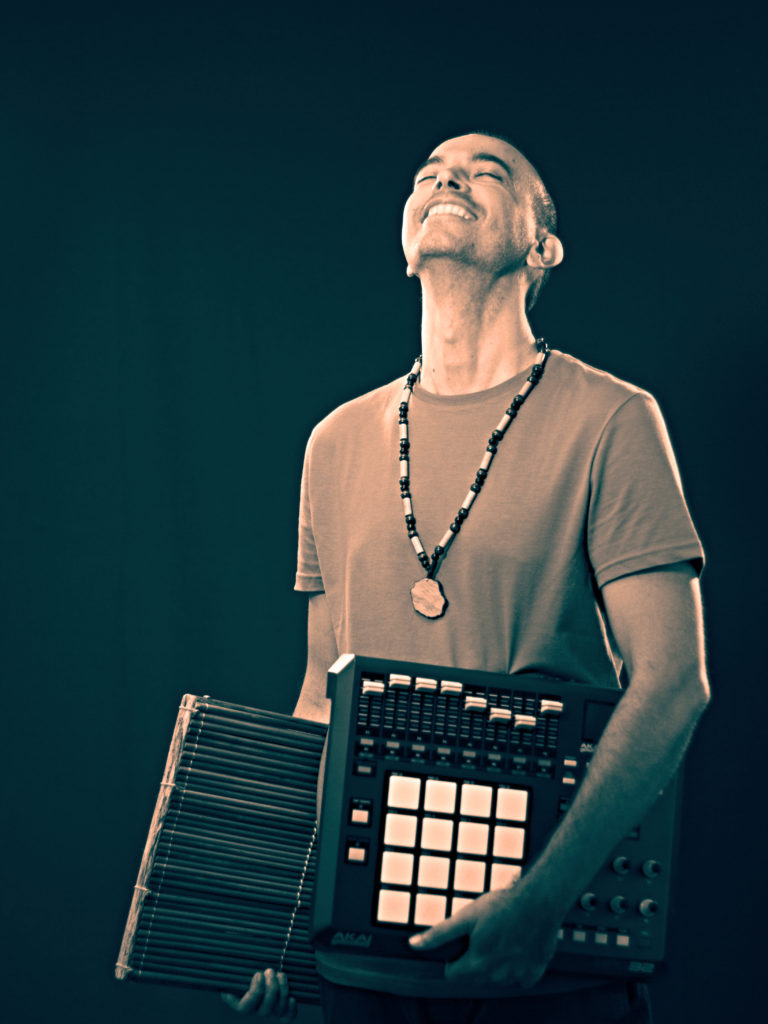Words by Lauryn Njeri

Photo by Stephane Payet
Located in the Indian Ocean, off the eastern coast of Madagascar, lives the volcanic island of Reunion; a former colony of France. A population of mixed heritage, including the descendants of French colonialists, slaves from Madagascar and mainland Africa, as well as laborers from Southeast Asia, call this place home. The music of the Reunion Island – Maloya – is the perfect fusion of all its diverse and colourful cultures.
Maloya are songs of regret that were historically performed by slaves concerning their oppression. Maloya has a significant African influence and is distinguished by a chant-like rhythm accompanied by drums. Because of the occult practices associated with the songs, Maloya was prohibited in Reunion for many years. It was quickly outlawed by slave owners in an attempt to suppress the people of Reunion from communicating about possible independence from France. The historical narrative of La Reunion and its genre of slavery-inspired music reflects the story of the continent at large.
We had a chat with Aleksand Saya about the colonial history of the island, how Maloya music is made, its components, and electronic evolution to the present day.
How have you been faring in these unprecedented times?
I try to take advantage of this period, even if I was really frustrated at the beginning because we planned so much stuff with my crew. Today everything seems to freeze physically, but I feel like this time gives us the chance to make things that we couldn’t do before.
Our world is sick and now we probably have the time to heal it. It made me also realise how music is so important for us, the place of music and art in the society. Since Réunion was touched I started to create more and more music, even got back into street arts. It’s like staying creative to fight against something.
Let’s get right into it, can you tell us a bit about the origin of Maloya and how it has evolved to what we hear today?
The origin of the Maloya takes place during the settlement of the Island. It was created when Réunion Island was a French forgotten colony in the middle of the Indian Ocean. Enslaved people, from Madagascar and East Africa, used to sing and dance, to express themselves and as a form of stress relief after a hard day’s work on the field and for sacred ceremonies.
When slavery stopped, we had something called “Engagism”. People came from the south of India, Mozambique and other places, as really cheap labor. They brought with them some rhythms and tunes, and all these mixed together led to the creation of the Maloya that we traditionally know today.
At the time the French Government was afraid to lose the Island, and the Maloya was used by an independent party as the voice of labor people. So the Maloya was prohibited during this period until 1980, if a police officer found you with an instrument you could go to jail for that. Now the Maloya has been a heritage of humanity in UNESCO since 1st October 2009 and we are really glad to see that people from everywhere are interested in Maloya music.
What are the key elements of Maloya music?
For me Maloya is vocal first. The lead starts to sing a sentence and the chorus answers back, it’s a call and answer form. The main instrument is the Rouler, it follows the lead singer. It’s a bass drum made with cow skin tightened on a big barrel, we sit on the barrel and play it with our hands.
We also have the Sati; a metallic sheet played with sticks, and the Piker, a piece of bamboo played with sticks. The Kayanm is a box made with wood and the hardest part of sugar cane flowers. The box is full of seeds, we shake it from left to right, some people say that it sounds like rolling rocks in the waves, or wind the trees, such a beautiful sound. Finally you have the bob, it’s a musical arc, with a calabash, we play it with a stick and a little shaker sometimes.
It’s common to see some Maloya bands adding Congas, or Djembes in their arrangements today, but it’s already a fusion, a way to modernize the maloya. Maloya is not just a music, it’s also a dance, and a way of life.
How would you describe the electro-Maloya scene in La Réunion?
The electro-Maloya is a young scene, it takes time to grow, and that’s good, because that means the roots will be strong. Most of the time trees with strong roots give good fruits and live for a very long time.
We are still few DJ, producer, music maker, who are really involved in the creation of this new sound. It is still a niche today but I have the sensation that we are at the beginning of something that’s gonna be really huge sooner than we think.
I understand that you started out your musical journey within the Hip Hop and underground reggae movements in the Reunion Islands. What led to your transition into electro-Maloya?
I started to produce music in my bedroom, with a little computer back in the days. I was influenced by the big hit producers like RZA, Dj Scratch, Timbaland, D. Dre. Those beatmasters flip samples as they want, to make something new, like alchemists turning metal into gold.
Here we also have lots of love for reggae music, you can see Bob Marley faces on a wall in every city. So my music was at this time a mix of reggae and hip hop, we used to call it hip hop Kreol with my band, the TM12.
Little by little I started to add more and more elements from Maloya to experiment with, and it brought me into a trip that I’ll never think about, it was like opening a door of perception. One day I decided to totally stop producing music on computer and machine. I just wanted to know more about the Maloya music, but also, my people, the story of Reunion island. I wanted to know more about myself, all the treasures that were hidden from our generation who grew up with TV. So I learned with everyone, everytime it was possible, even by ears, listening to some old songs.
After around 6 years of “transmutation”, I sat back down from my computer and asked myself about what would happen if I made a beat right now with all these wonderful things that I learned about Maloya. And I had the vision for my album called “Domin”. It was my first entire album with only Maloya instruments fused with electronics sounds.

Photo by Stephane Payet
What exactly are ‘Kabar’ events and why are they so monumental?
Kabar is a place where we play and dance Maloya. It could be anywhere, we bring the instruments, someone starts to sing, everybody is singing with him, the percussion starts, it is magic.
A song can be as long as the lead singer wants, there is no structure; it can be a mix of his favorite songs and if the singer knows the tricks to give cue to the percussionist, it is pure fire. It could be in the street or in a yard, everywhere because we don’t need electricity, only instruments. Most of the time we are in a circle, people dance in the middle, and the people are singing around, the energy is really intense!
You also have a Kabaré, or Servis Kabaré. It’s a sacred ceremony made only in a specific house, at a specific time, it’s really codified. These kinds of ceremonies are made to honor the ancestors and ask for protection and guidance. It could also be for the spirit of nature, and healing.
In Kabaré some people get in trance, and as we say, what happens in the house stays in the house, even the songs are not sang outside of the ceremonies.The kabaré sometimes starts at 6 in the morning and stop at 6 the morning the day after, or it could start at 6 in the evening and stop when the sun rise. The music never stops during the ceremony.
You’ll hear maloya in both, Kabar and kabaré, with the same instruments but not the same songs, kabar is for parties, kabaré is sacred.
How would you describe your sound to someone who has never listened to your music before?
My music takes its roots into the traditional Maloya. I mix it with sub basses, samples, synthes, to create a genre that I call the M’Bas Music (Maloya Bass). M’Bas music is for everyone, every nation, it’s a call to reunite people together, don’t matter where you come from, your gender, even your sexual orientation, M’Bas is universal, it’s a celebration of life togetherness.
“Maloya is the spirit of Réunion Island people, it’s not only a music on stage under spot lights. Maloya is like a beacon.“
Would you care to touch on your album ‘Domin’ and what inspired its creation?
Domin was my first official Maloya experience with electronic music. It’s inspired by travel. When you grow up on an Island, like Reunion, it’s easy to ask yourself how it is behind the horizon. You see a plane in the sky, and you say to yourself, one day I’ll be one of those iron birds, and I’ll see by myself how the world is behind the sun.
It talks about a physical trip, when you go to visit another place, but also with your mind when you dive into introspection, or simply when you have a good conversation when you meet someone for the first time. In a way, Domin talks about freedom, and movement of people.
What role do you feel Maloya plays in the current music scene in the Islands?
Maloya is the spirit of Réunion Island people, it’s not only a music on stage under spot lights. Maloya is like a beacon. The rock n roll came and passed, like hip hop, reggae, zouk, moombahton, ect… but Maloya is still here like a big old tree.
***




